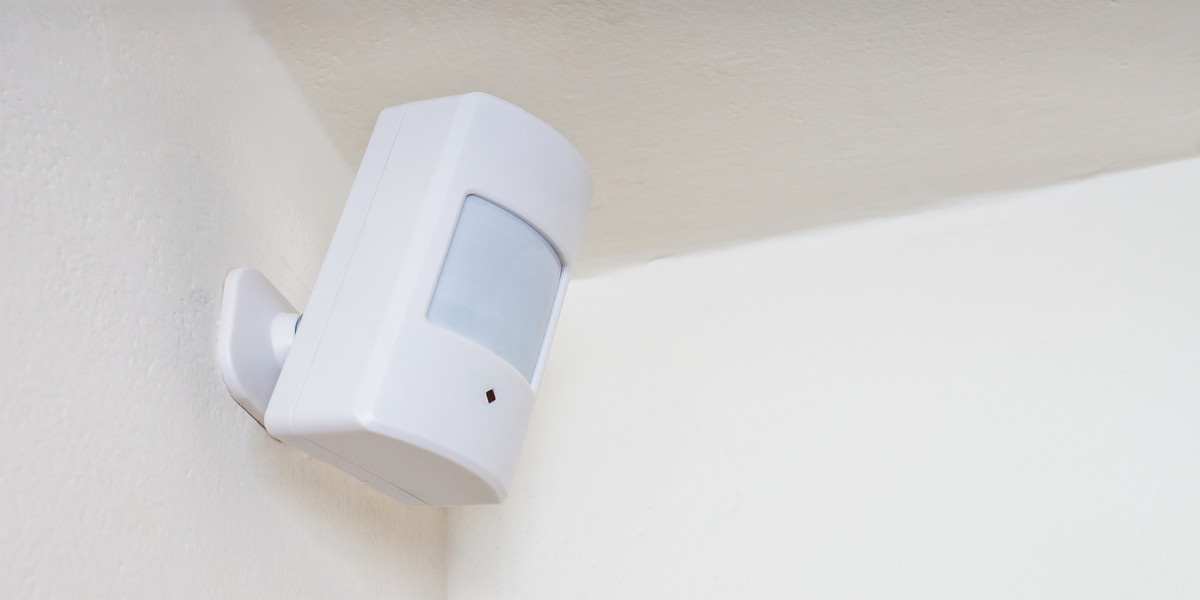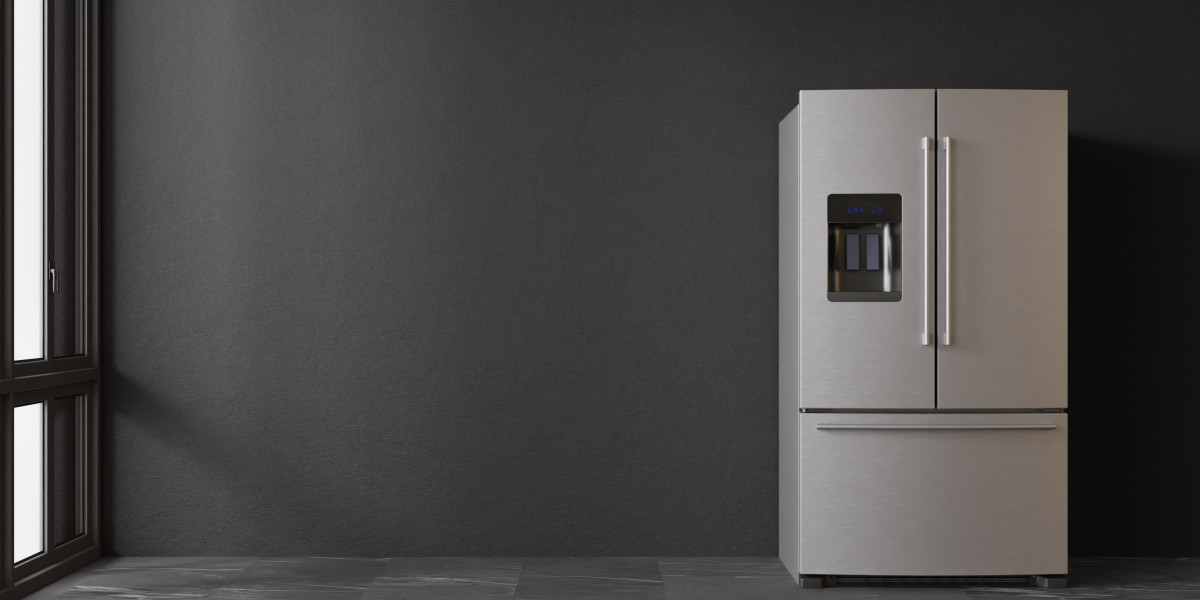Motion detector sensors are integral to modern technology, playing a pivotal role in security systems, automation, and energy efficiency. These devices are designed to detect physical movement in a specific area and trigger appropriate responses, such as activating alarms, turning on lights, or sending alerts. Whether used in homes, offices, or industries, motion detectors offer a seamless way to enhance safety and convenience.
What Is a Motion Detector Sensor?
A Motion Detector Sensor is a device equipped with technology to sense motion in its surroundings. When movement is detected, it sends a signal to a connected system, such as a security camera, alarm, or lighting control. These sensors operate on various principles, including infrared radiation, ultrasonic waves, or microwave signals, to ensure accurate detection.
Types of Motion Detector Sensors
- Passive Infrared (PIR) Sensors
- How They Work: Detect changes in infrared radiation caused by body heat.
- Common Applications: Home security systems, automatic lights, and thermostats.
- Advantages: Energy-efficient and cost-effective.
- Ultrasonic Sensors
- How They Work: Emit ultrasonic waves and measure the reflection to detect movement.
- Common Applications: Automatic doors and robotics.
- Advantages: High sensitivity and capability to detect through certain barriers.
- Microwave Sensors
- How They Work: Emit microwave pulses and analyze reflected signals to identify motion.
- Common Applications: Advanced security systems and industrial automation.
- Advantages: Longer detection range and ability to penetrate walls.
- Dual-Technology Sensors
- How They Work: Combine two detection methods, such as PIR and microwave, for enhanced accuracy.
- Common Applications: High-security environments like banks and military facilities.
- Advantages: Reduced false alarms and improved reliability.
Key Features of Motion Detector Sensors
- Sensitivity Adjustment: Allows users to customize the sensor’s response to different levels of movement.
- Detection Range: Varies from a few meters to over 100 meters, depending on the sensor type.
- Power Source: Available in battery-operated, wired, or solar-powered models.
- Integration: Easily integrates with smart home systems, surveillance cameras, and alarms.
- Weatherproofing: Outdoor models are designed to withstand harsh weather conditions.
Applications of Motion Detector Sensors
- Home Security
- Detects intruders and activates alarms or cameras.
- Turns on outdoor lights to deter potential threats.
- Smart Home Automation
- Lights and appliances turn on/off automatically when someone enters or leaves a room.
- Enhances energy efficiency by minimizing unnecessary power usage.
- Industrial and Commercial Use
- Monitors movement in warehouses, factories, and offices.
- Automates lighting and HVAC systems based on occupancy.
- Healthcare and Elderly Care
- Monitors patient movement in hospitals or at home.
- Alerts caregivers in case of unusual activity, like falls.
- Retail and Public Spaces
- Activates advertisements or displays when customers approach.
- Helps in crowd management by detecting large-scale movement.
Benefits of Using Motion Detector Sensors
- Enhanced Security
Motion sensors provide real-time detection of unauthorized movement, ensuring immediate action against potential threats. - Energy Efficiency
By automatically controlling lighting and appliances, motion sensors help save energy and reduce utility bills. - Convenience
Automating everyday tasks, like turning on lights or opening doors, makes life more comfortable and efficient. - Cost-Effective
While the initial investment may vary, the long-term savings on energy and security costs make motion detectors a worthwhile addition. - Versatility
Motion sensors are adaptable to various environments, including homes, offices, and outdoor spaces.
Factors to Consider When Choosing a Motion Detector Sensor
- Type of Sensor: Choose based on your specific needs, such as PIR for homes or microwave for industrial use.
- Detection Range and Angle: Ensure the sensor covers the desired area effectively.
- False Alarm Reduction: Opt for sensors with dual-technology or sensitivity adjustment to minimize false triggers.
- Weather Resistance: For outdoor applications, select models with IP-rated enclosures.
- Integration: Ensure compatibility with your existing systems or smart home ecosystem.
Installing Motion Detector Sensors
- Choose the Right Location
- Install at entry points, hallways, or high-traffic areas for optimal coverage.
- Avoid placing near heat sources or moving objects like fans.
- Correct Placement
- Wall-mounted sensors should be installed at 6-8 feet height for maximum efficiency.
- Ceiling-mounted sensors work well for wide-area coverage.
- Regular Maintenance
- Clean the sensors periodically to remove dust or debris.
- Test the sensors regularly to ensure proper functionality.
Common Issues and Troubleshooting
- False Alarms
- Caused by pets, curtains, or temperature changes. Use pet-immune or dual-technology sensors to mitigate this.
- Short Detection Range
- May occur due to improper placement. Adjust the position or upgrade to a higher-range model.
- Sensor Malfunctions
- Battery depletion or wiring issues can cause malfunctions. Regular checks and timely replacements solve these problems.
Future of Motion Detector Sensors
With advancements in IoT (Internet of Things) and AI, motion sensors are becoming smarter and more intuitive. Future trends include:
- AI-Powered Sensors: Recognizing specific motion patterns for advanced automation and security.
- Integration with Wearables: Monitoring movement for fitness or health applications.
- Eco-Friendly Designs: Solar-powered and energy-efficient models for sustainable living.
Conclusion
Motion detector sensors are indispensable tools for enhancing security, convenience, and energy efficiency. Whether you're safeguarding your home, optimizing workplace operations, or creating a smart living space, motion sensors offer unparalleled versatility and value. With their evolving technology and applications, these devices are set to play an even more significant role in our lives.








